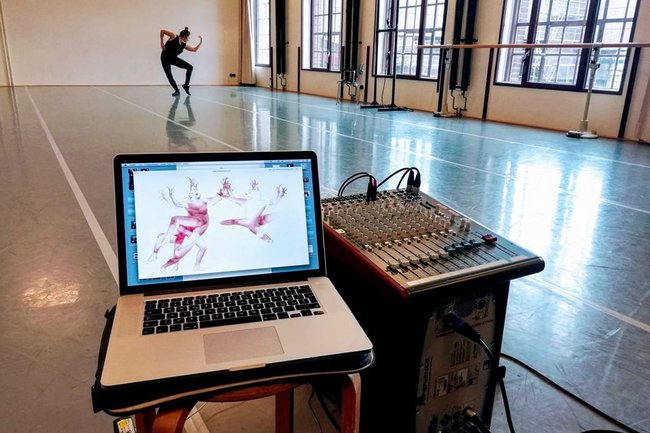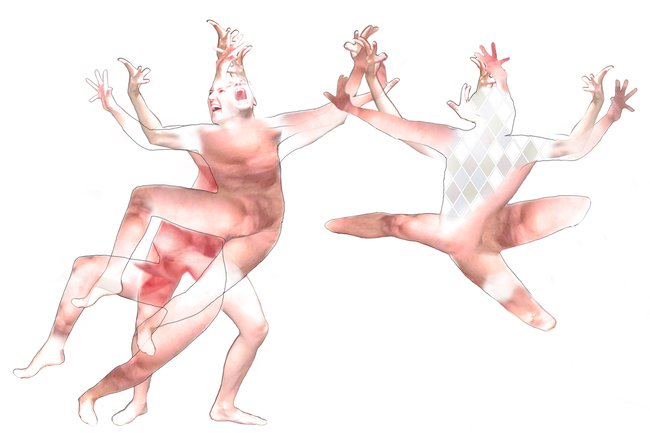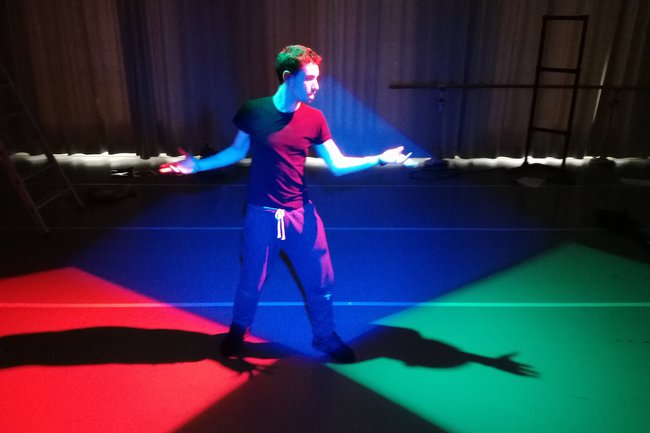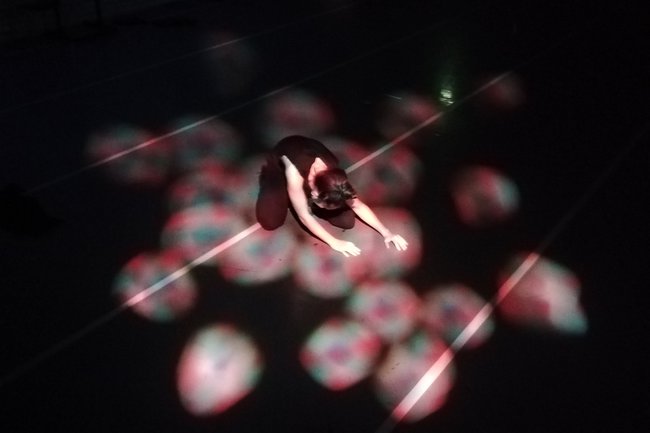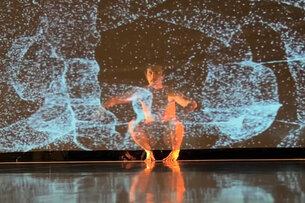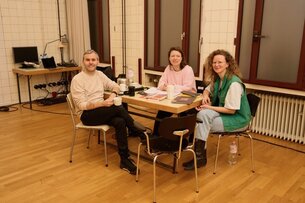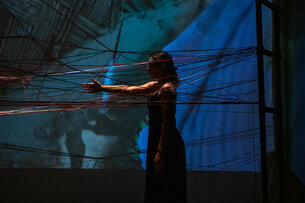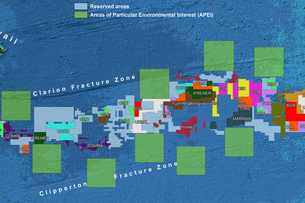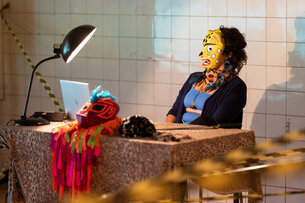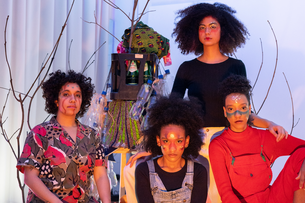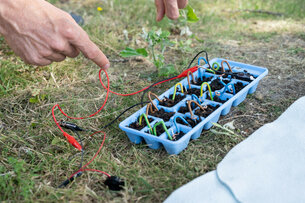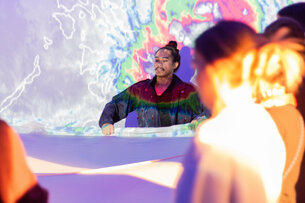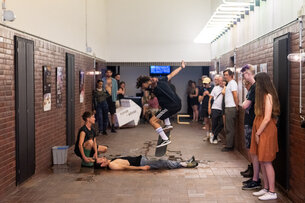#ResidencyInsights
Enrico Ticconi & Ginevra Panzetti
by
Fabio Neis
Themen
Residenzen
3 questions // Enrico Ticconi & Ginevra Panzetti
1 The figure of harlequin stands for eccentricity, playing with norms and metamorphosis - which of these characteristics interests you most and why?
Since the beginning we were very much interested in working with the exuberant body expression of Commedia dell’Arte. We were fascinating by the highly stylized movement vocabulary of the actors, the clarity of the expression, the simple (non psychological) and direct ability of narrate with precise gestures. Perhaps today none of these qualities are really hip in contemporary dance, but often by drawing on ancient iconographies and traditions we can discover how much those signs are still informing the present.
With Harlequin we want to pick up on the sly servant, a man moved by an insatiable hunger and basic animal istincts. Curiously enough, if we look at the etymological roots of his name we often encounter the famous servant of Commedia dell’Arte in the aspect of a king: host-king; Erlkönig; Hölle König and so on. It is exactly in the encounter of these two opposite sides - the servant and the king, submission and freedom that originates our HARLEKING. A demon who has in itself opposite identities, the capacity of moving freely within excessive emotions, driven by contrasting and insatiable desires. In exploring this identity we make use of a choreographic approach that is based on metamorphic principals where HARLEKING’s movement is unpredictable, yet it has the preciseness and the articulation of a language, a seductive language.
HARLEKING resembles for us a mirror of today’s use of communication patterns in which sometime contents, relating to opposite meanings, become blurred and confuse. Where the monstrosity of certain topics can be completely obscured by the seductive power of signs.
2 How would you describe your way of working during a residence?
It depends very much on the phase of the working process. The creative moment of the beginning is a very delicate process and it is very different from the final phase when we ultimate the details of the work. According to this, the rhythm and the density of the work in the residency vary a lot, as each phase of the process needs a specific concentration, in terms of focus and use of time.
At the beginning we try to create a condition in which material can appear spontaneously, without the expectations to trace immediately a conceptual link between topics and forms. It is a delicate moment because we still don’t know how the work will be, how it will behave, how it will look like; there is a certain “unfamiliar”relationship between what we are creating and us. At the beginning of the creative process we try not to force the form to full fill the theoretic approach that we have in mind. That’s why we’d rather be seduced by free associations that are often the heart of an evocative form. The link between topics and form unfolds during the process.
With time the work gets more articulated and complex. Consequently the process of decisions making become also less problematic since the work itself starts to follow its own direction, and we slowly loos the role of taking one direction rather than another.
3 Do you have a film or literature tip for us?
Byung-Chul Han, Psychopolitik: Neoliberalismus und die neuen Machttechniken
Byung-Chul Han, Müdigkeitsgesellschaft
Zygmunt Bauman, Liquid Modernity
André Chastel, Grotesque
Mario Perniola, Contro la comunicazione
Inside view // Studio 3, PACT Zollverein
During their Residence at PACT Zollverein Enrico Ticconi and Ginevra Panzetti worked on their piece ›HARLEKING‹.
Harleking is a demon with multiple identities. His body expression resembles that of Harlequin of the Commedia dell'Arte, a sly servant moved by an insatiable hunger. Harleking’s mode of communication has a specific hypnotic quality in which its contents, often extreme and contradictory, merge to create a fluid, metamorphic system wherein anything can happen, yet all is blurred. It is reminiscent of the Grotesques, ancient wall decorations, in which monstrous figures emerge and blend in with elegant ornamental volutes. Figures, which, although can evoke amusement, do not elicit any joy.
The performance will premiere on 20 and 21 July in the frame of the Festival Open Spaces at Tanzfabrik in Berlin.
